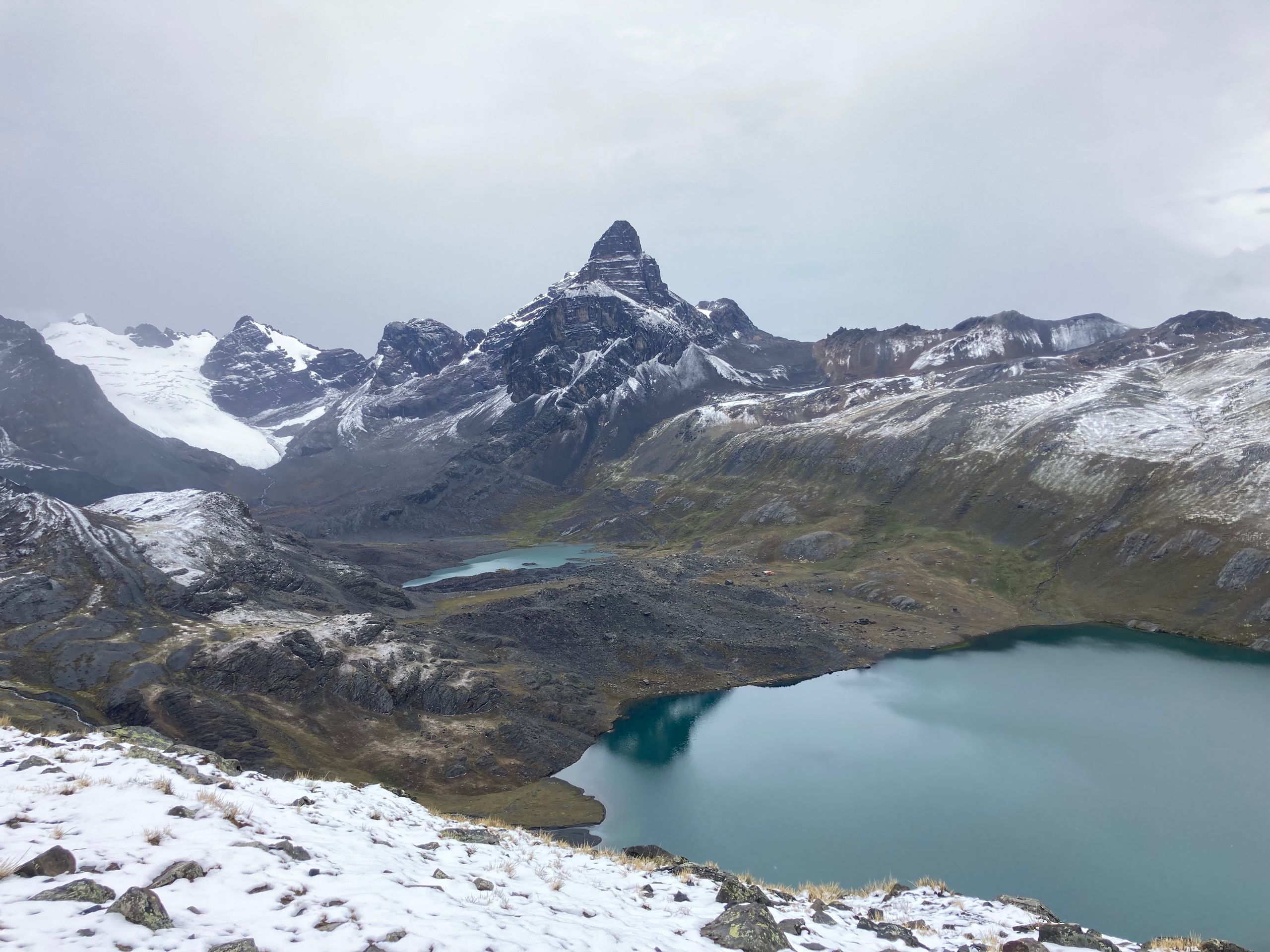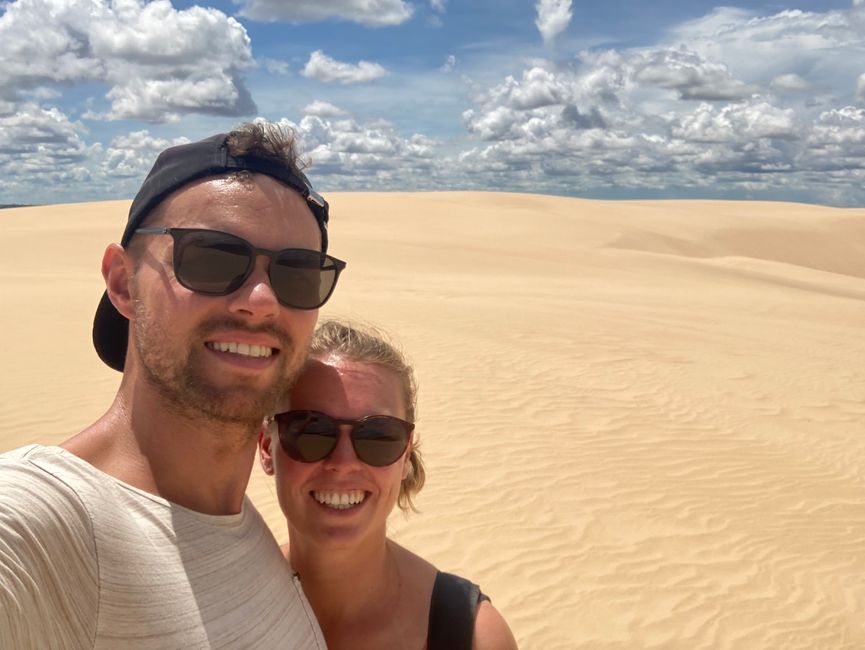From Samaipata to Sucre to Potosi
Pubblicato: 09.07.2023
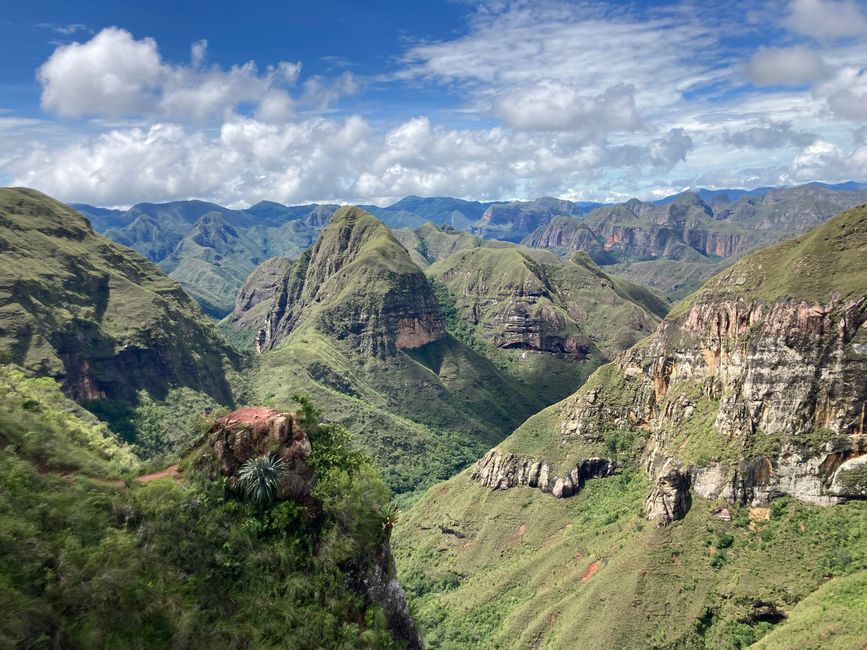
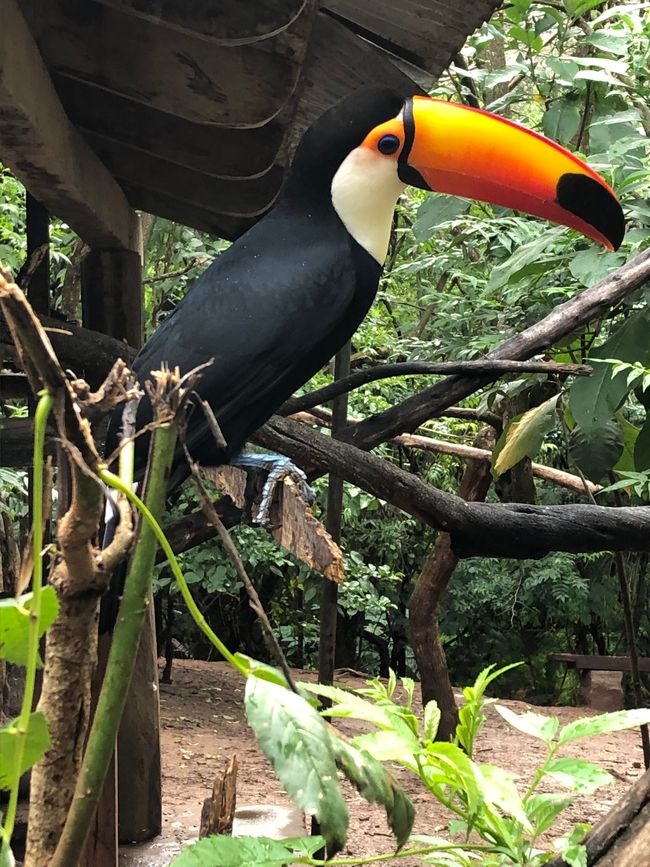
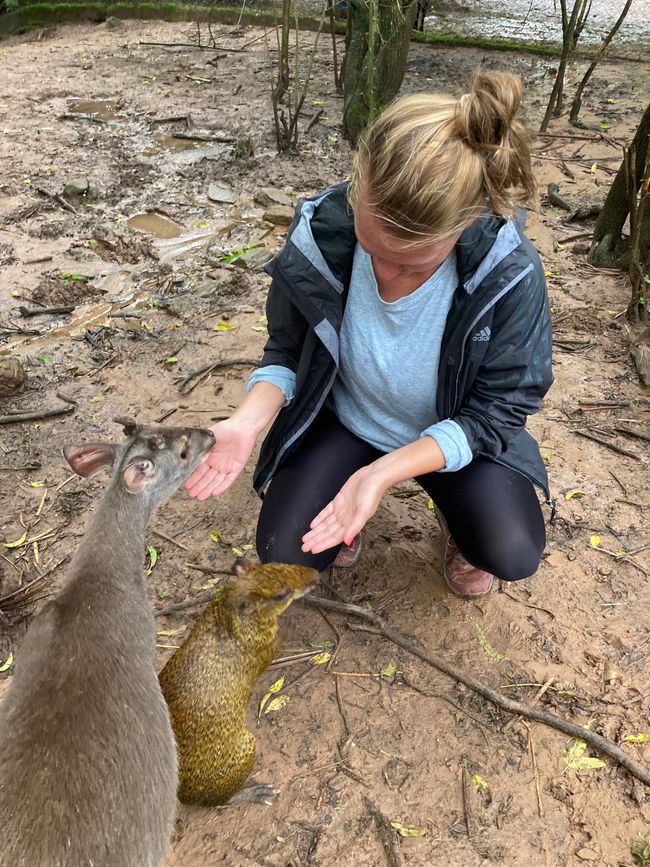
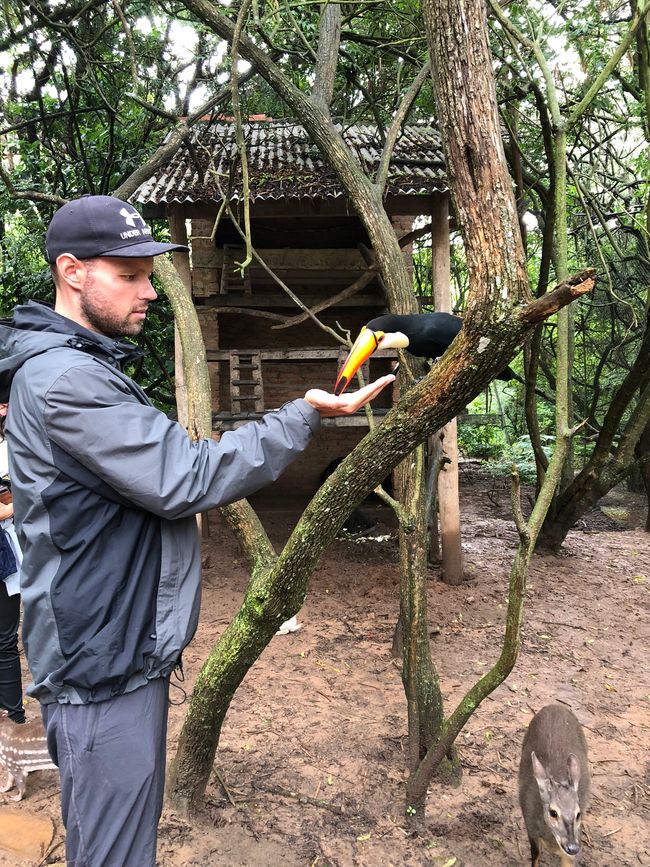
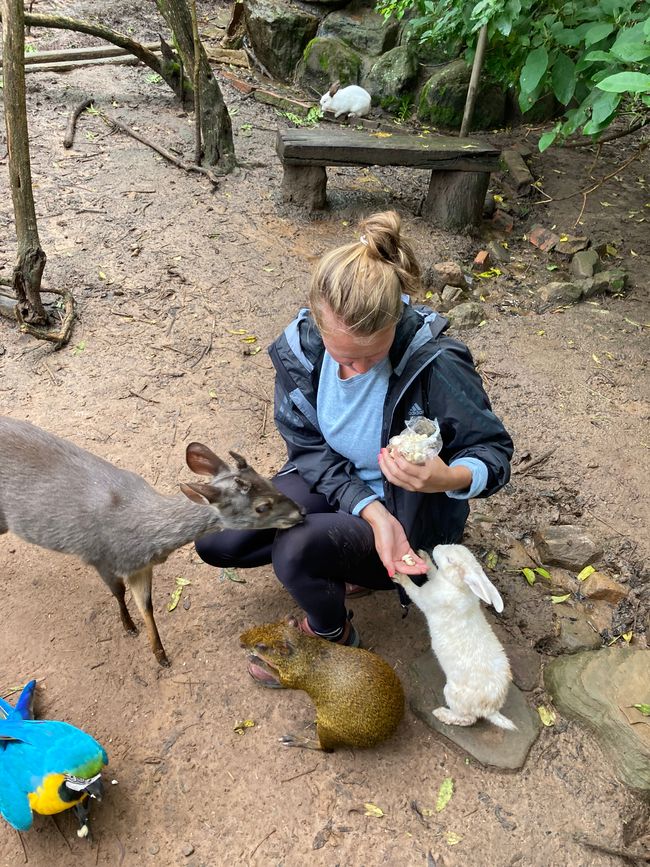
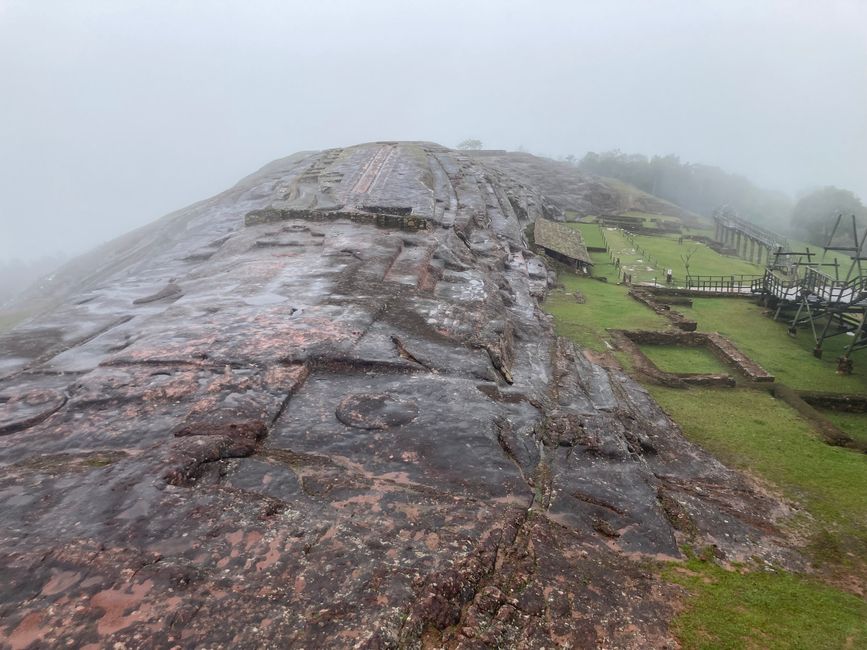
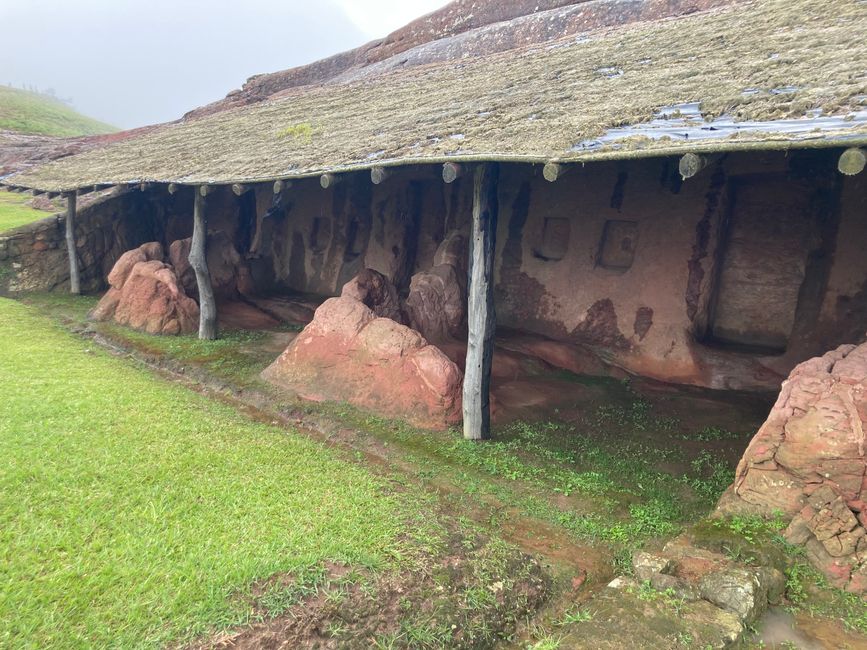
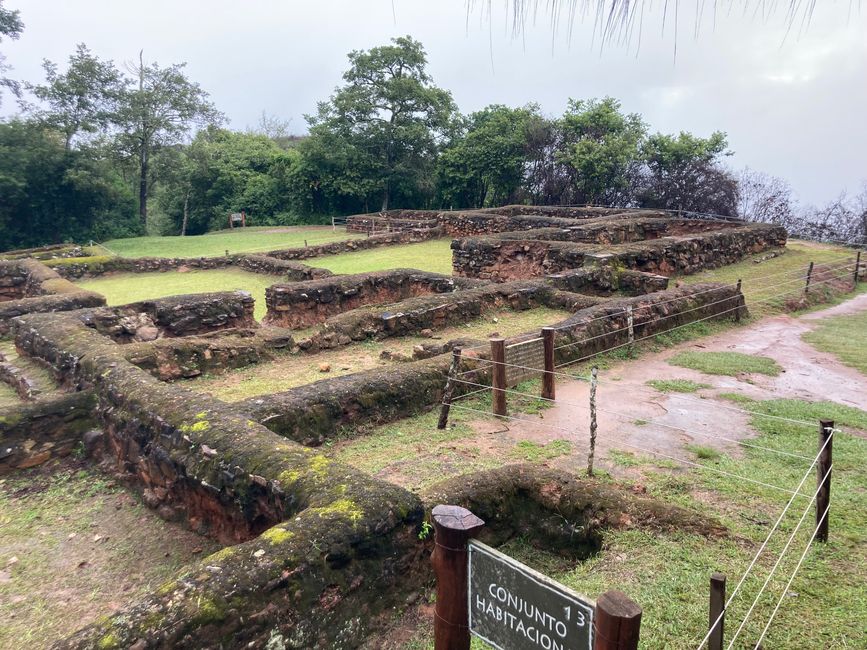
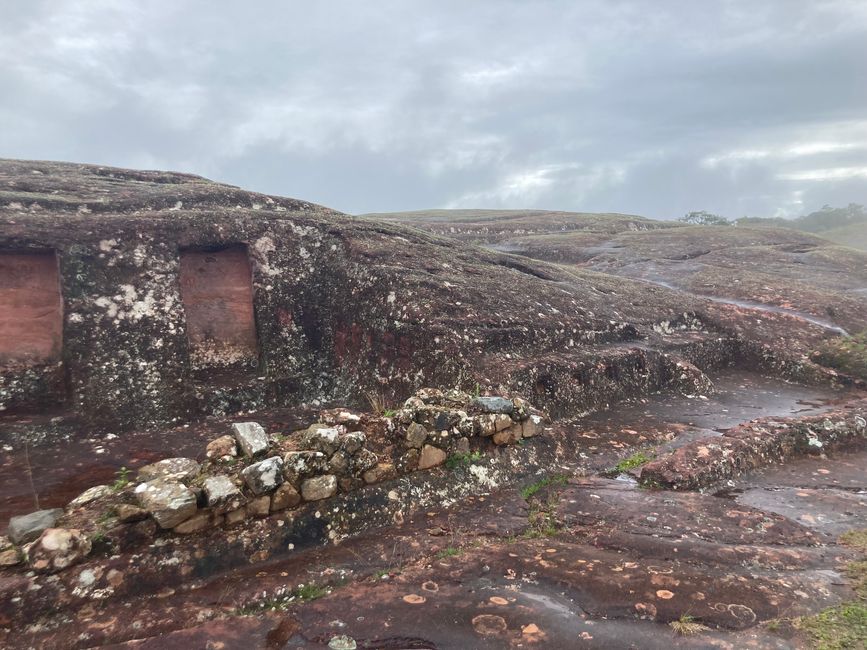
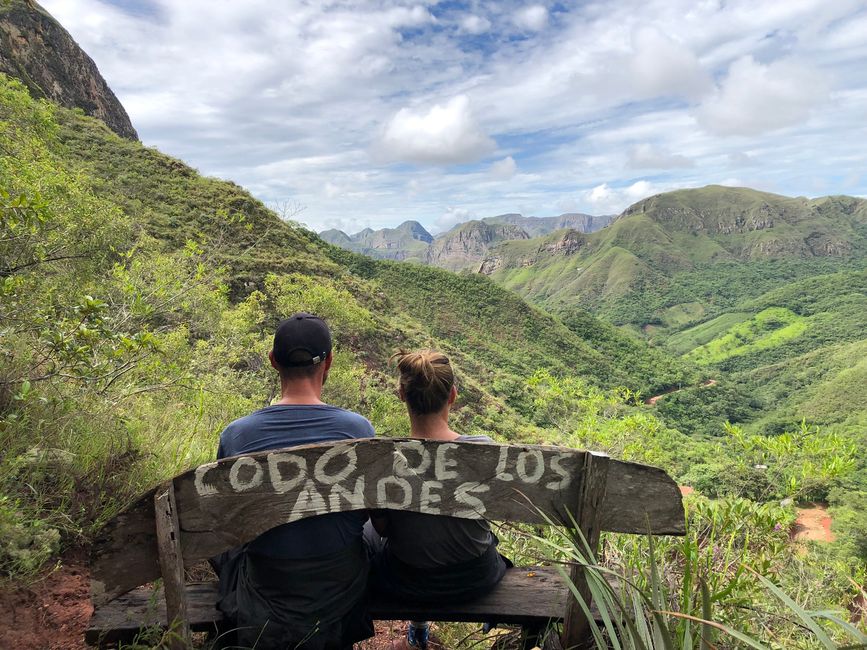
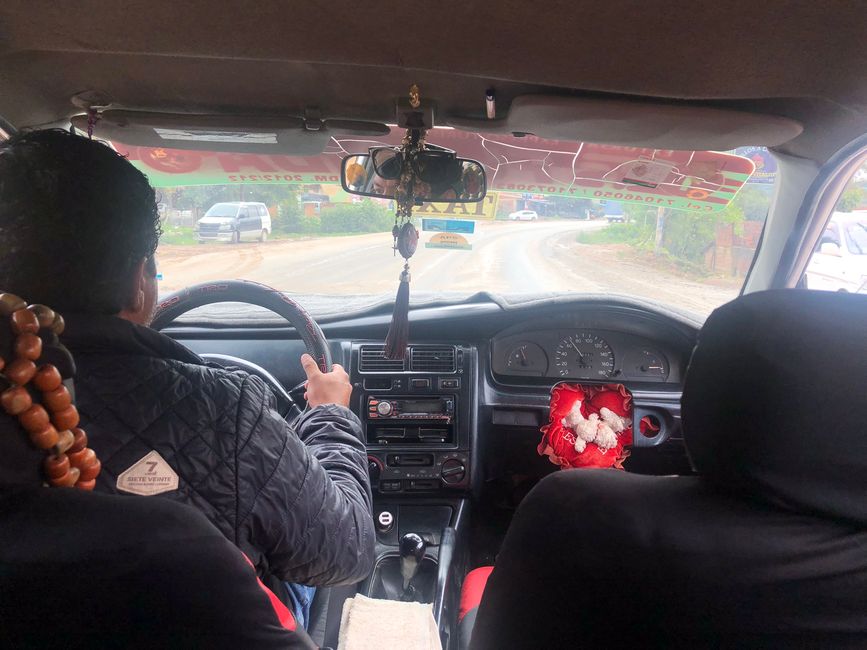
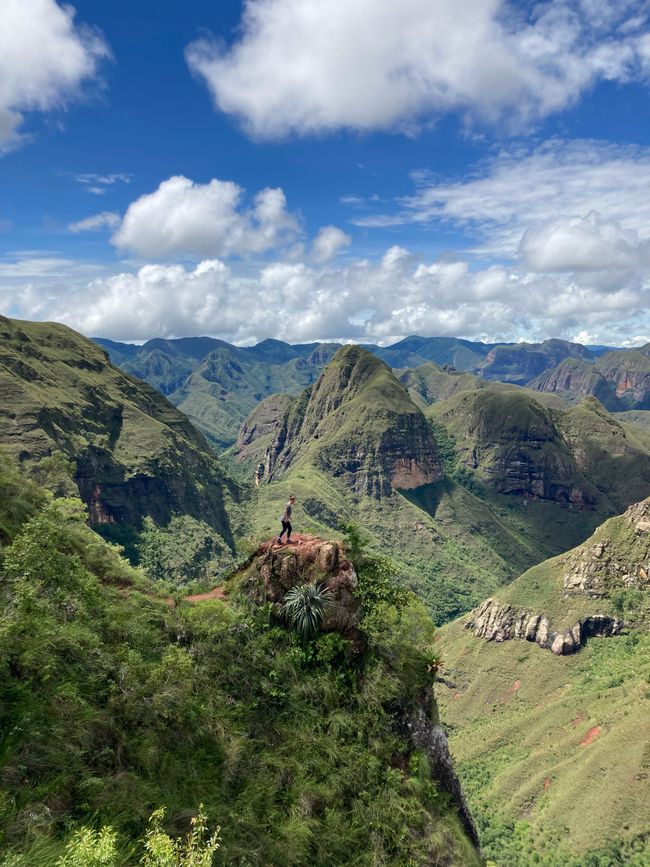
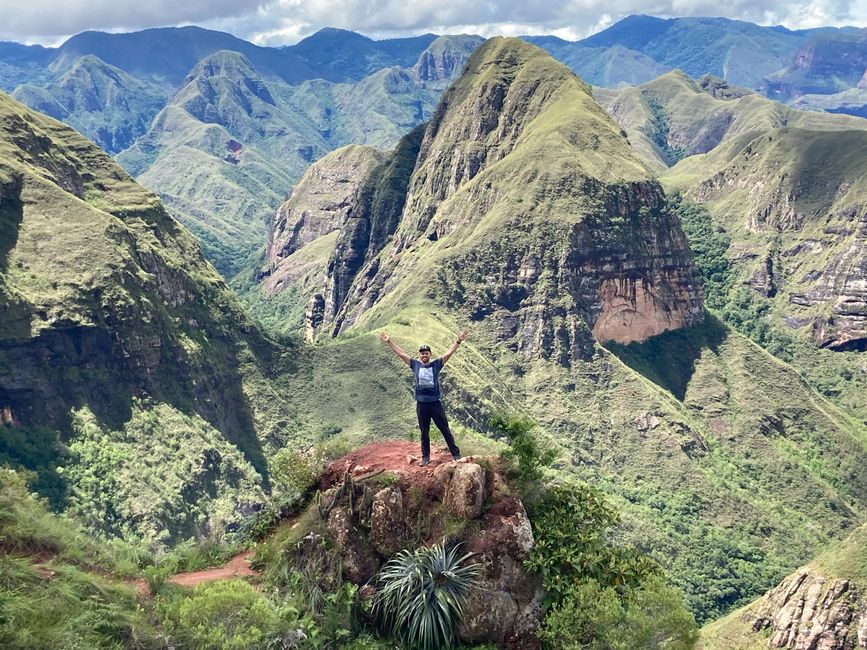
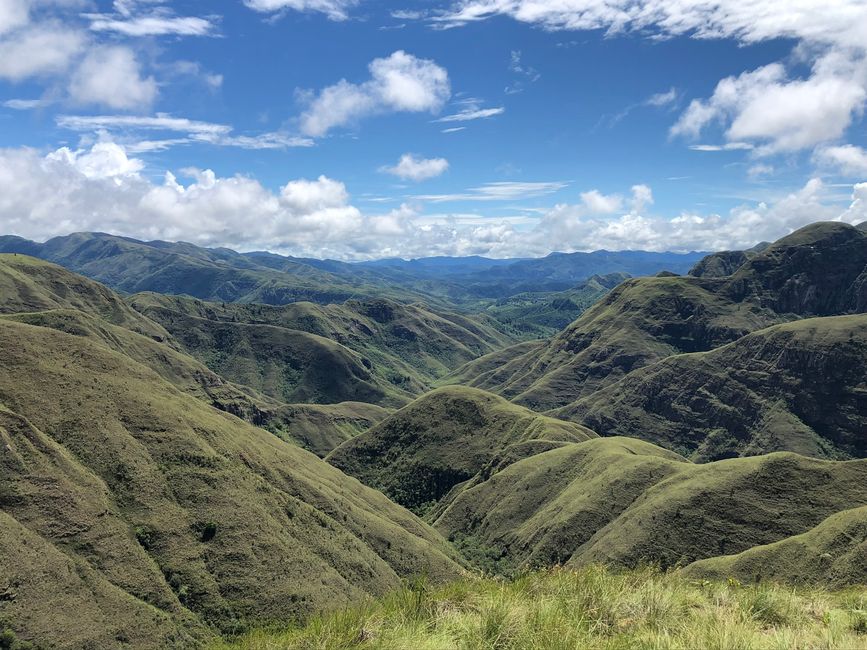
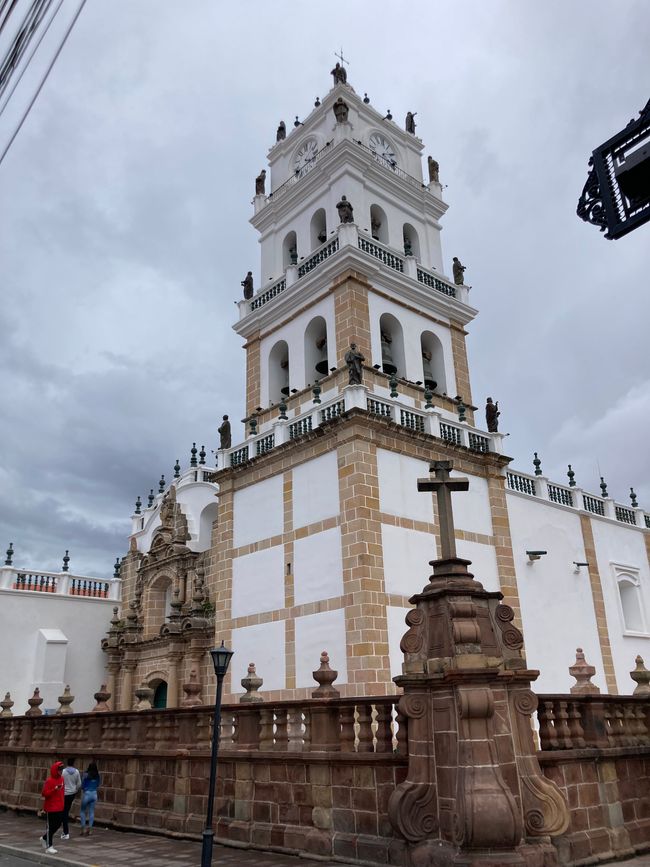
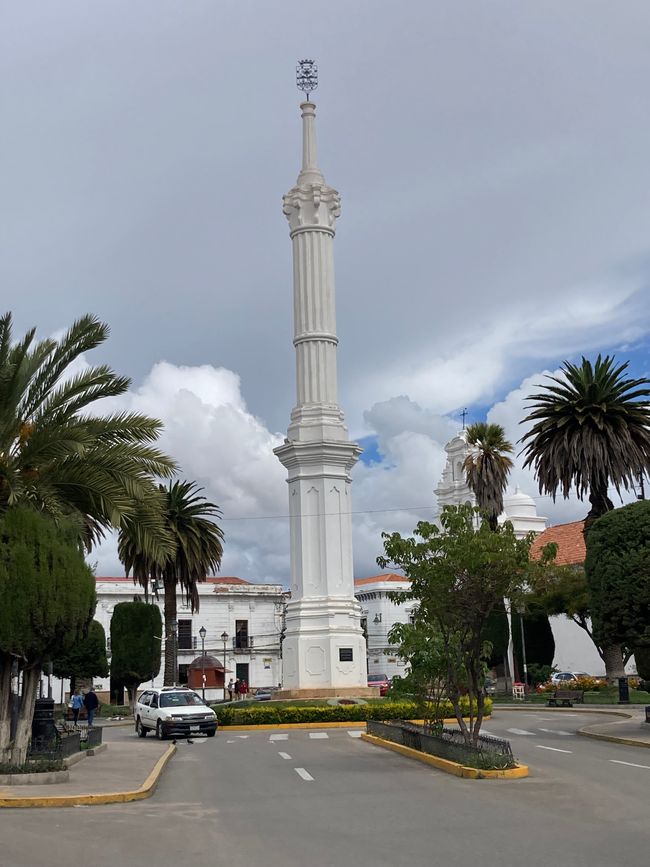
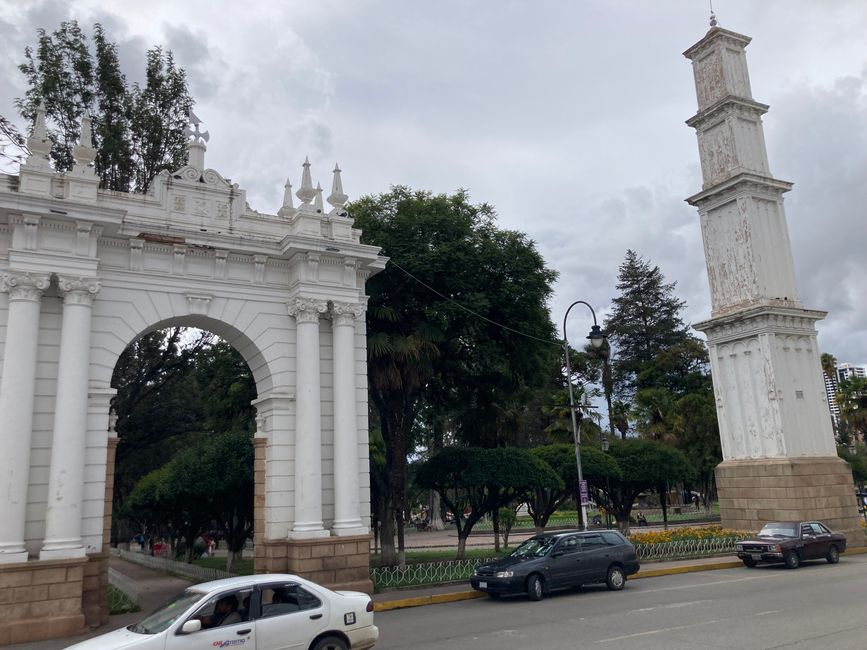
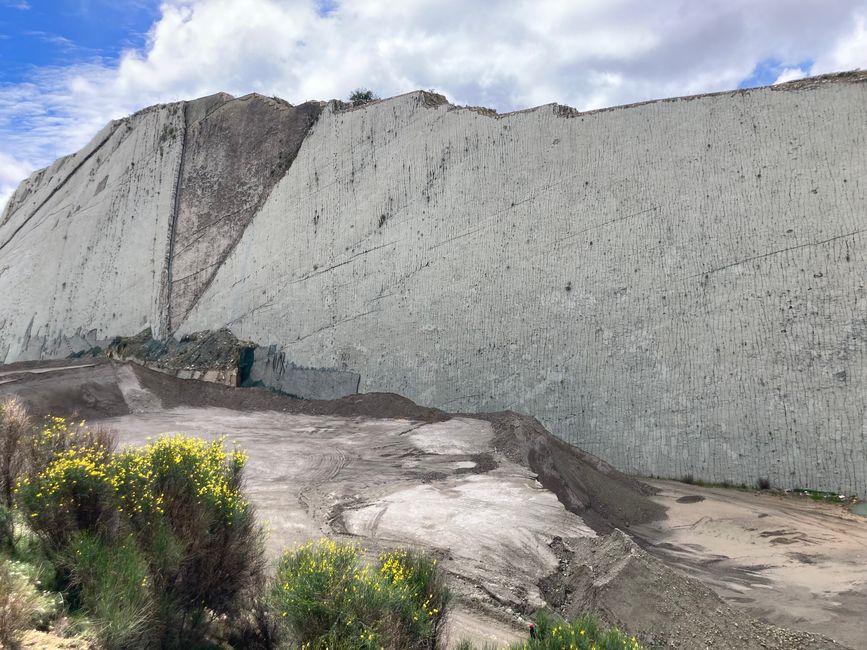
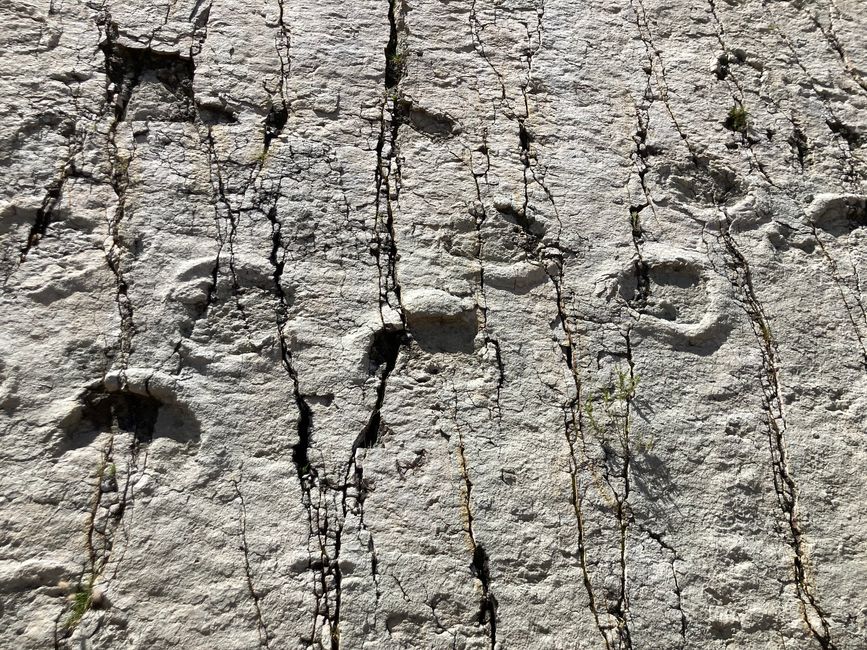
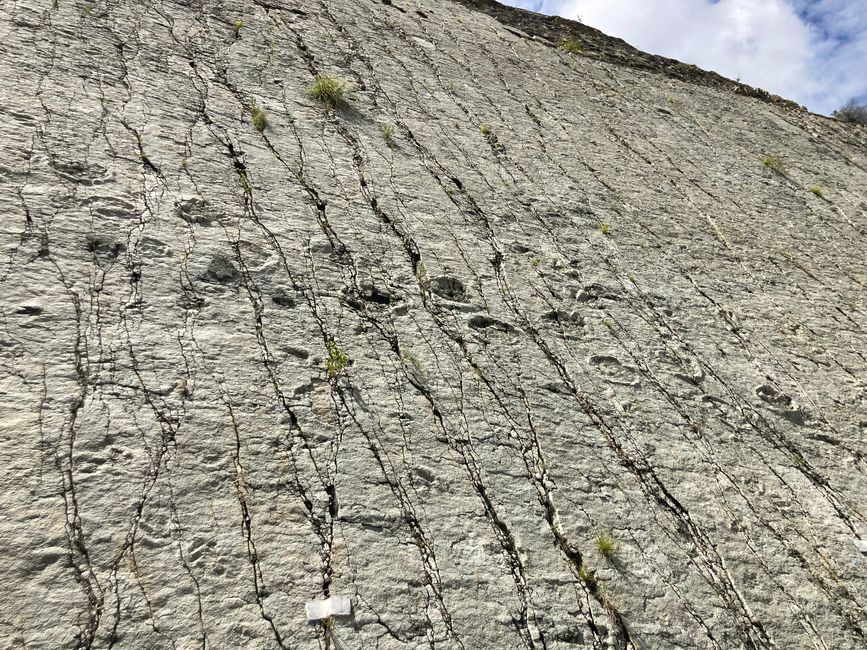
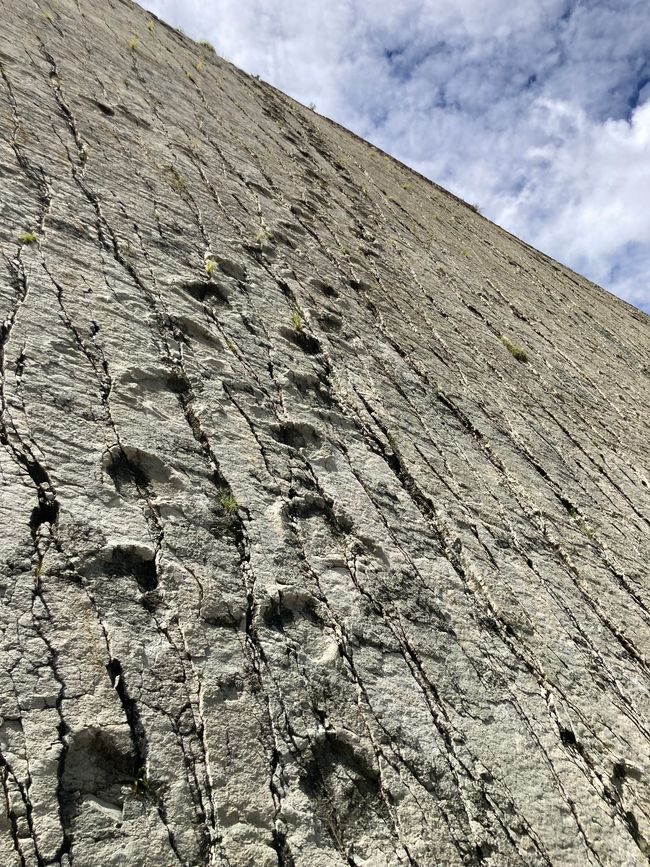
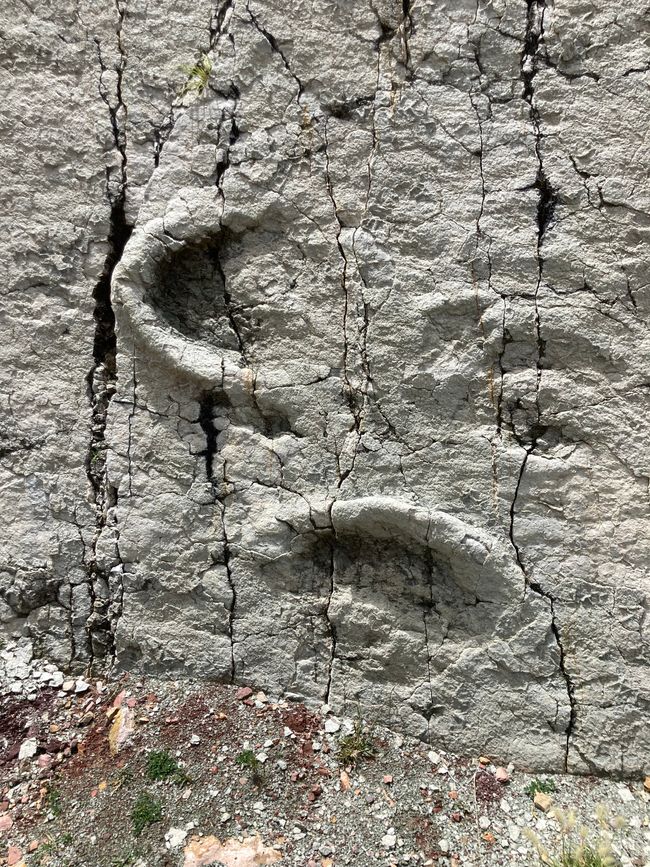
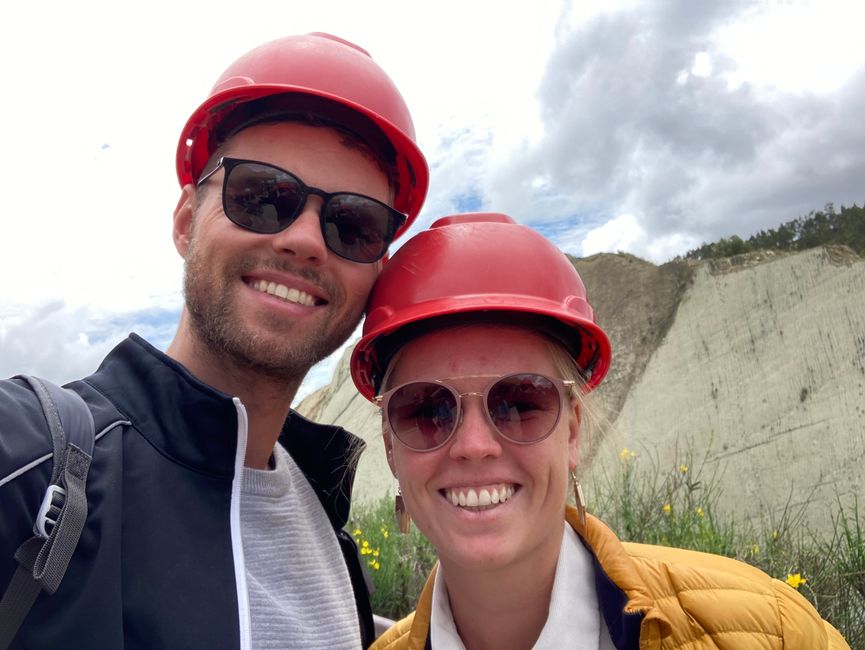
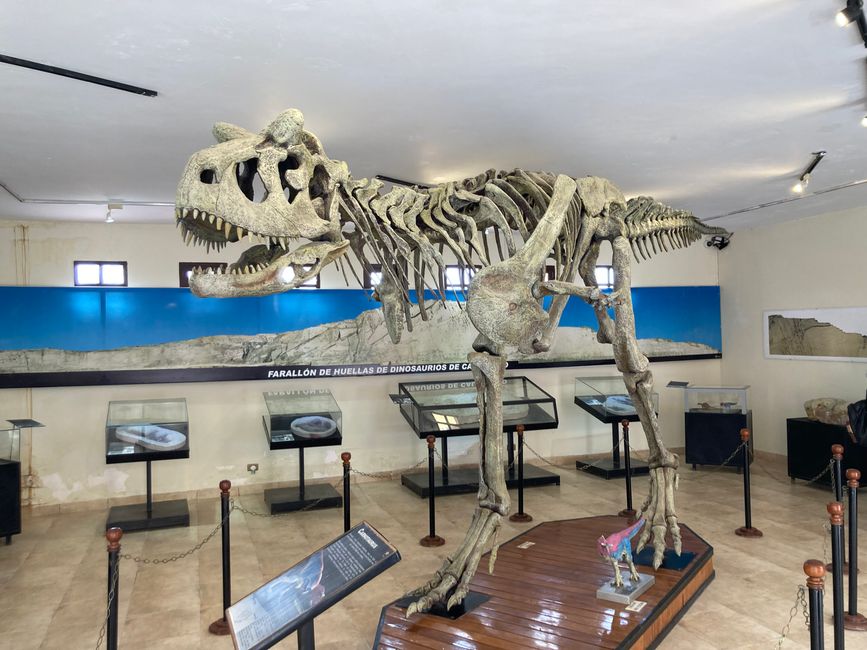
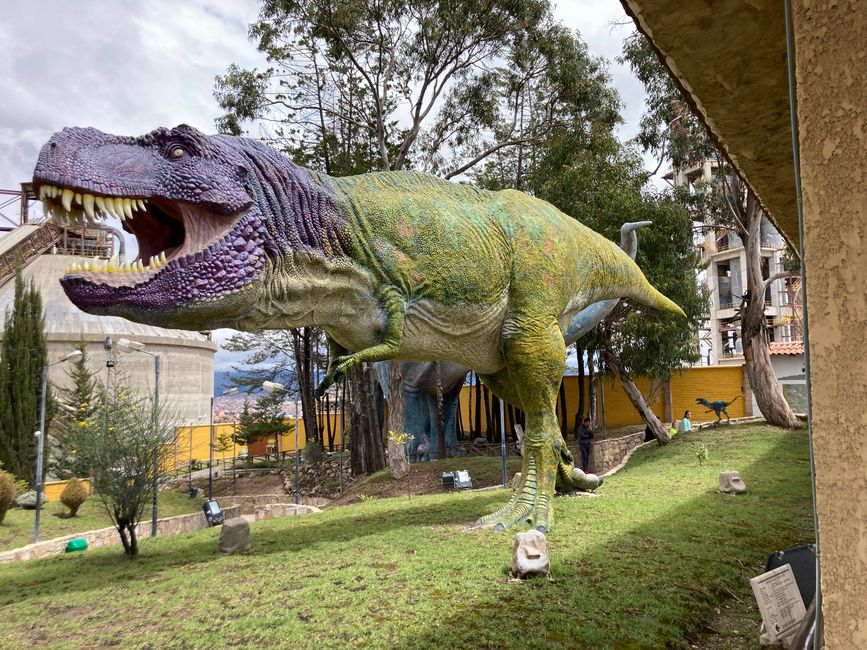
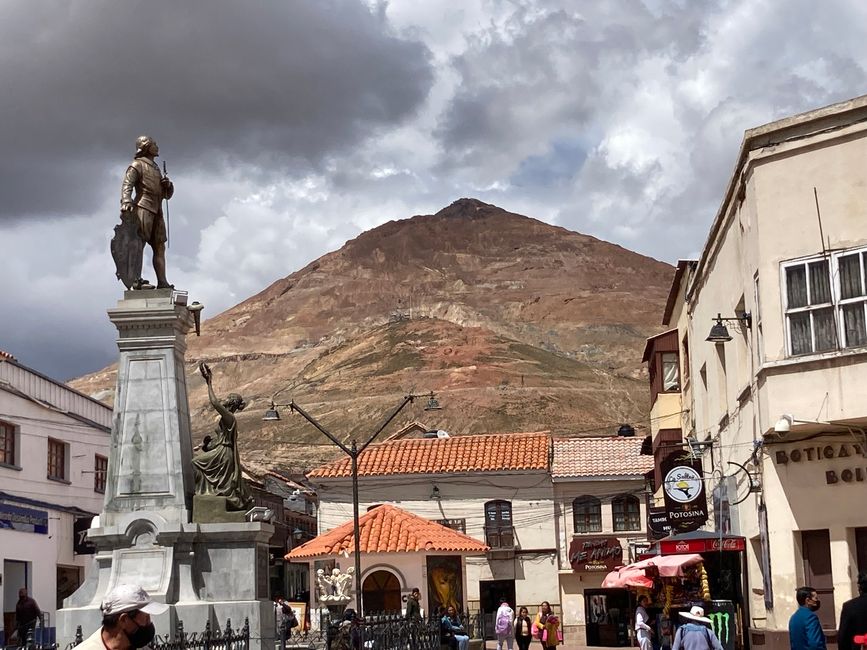
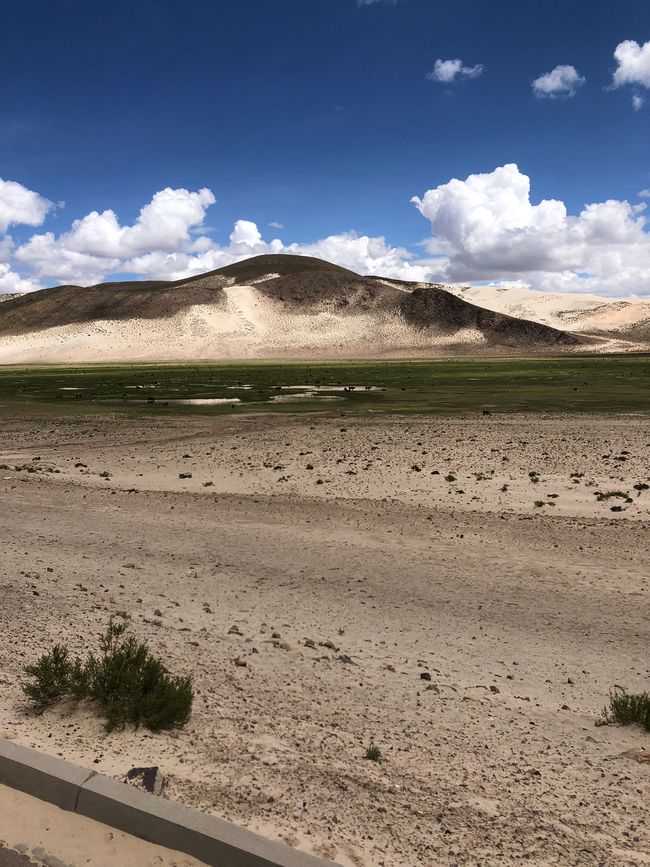
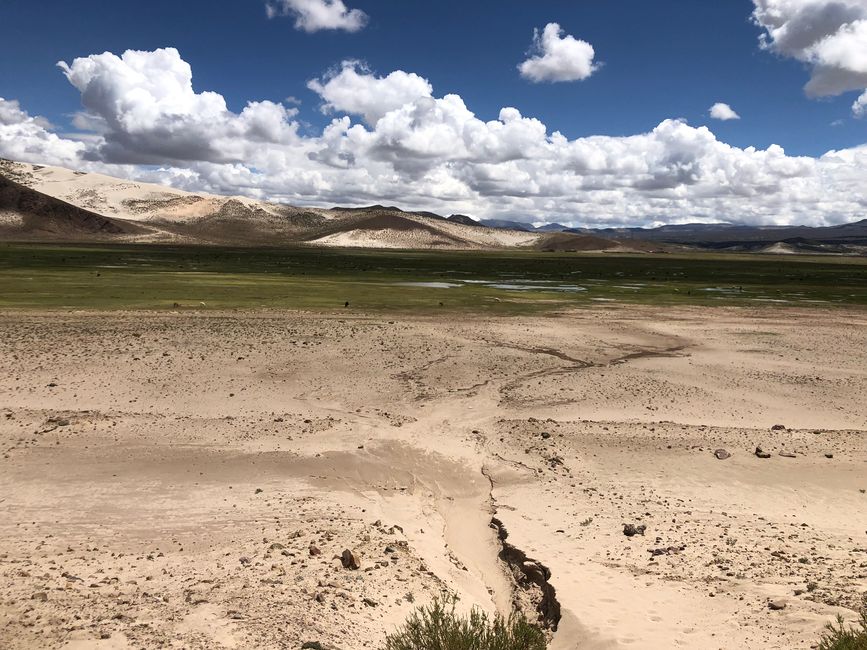
Iscriviti alla Newsletter
After Santa Cruz, we had three shorter stops. First, we took a bus to Samaipata. The original plan was to visit the Amboro National Park, but we ended up not doing it. Unfortunately, our stay was also very rainy, so we could only see what was feasible at the moment. On the first day, we wanted to take a tour, but it was canceled due to the weather. Then we wanted to visit the Inca fortress El Fuerte, but it was also not possible because the road was impassable due to water. The next plan was to visit an animal sanctuary. However, we couldn't reach the sanctuary by car either, so we had to cross the flooded road on foot. The visit to the sanctuary was nice though. There were some animals that we had never seen before, like a tapir or giant parrots. We could also feed the animals in their enclosures, including the toucans, which was very impressive.




The next day was similarly rainy, so we couldn't go on the hike again. Instead, we were able to visit the Inca fortress. There was still water on the road, but we could still drive through. The fortress was very interesting, but it would probably have been even more impressive in good weather😉.
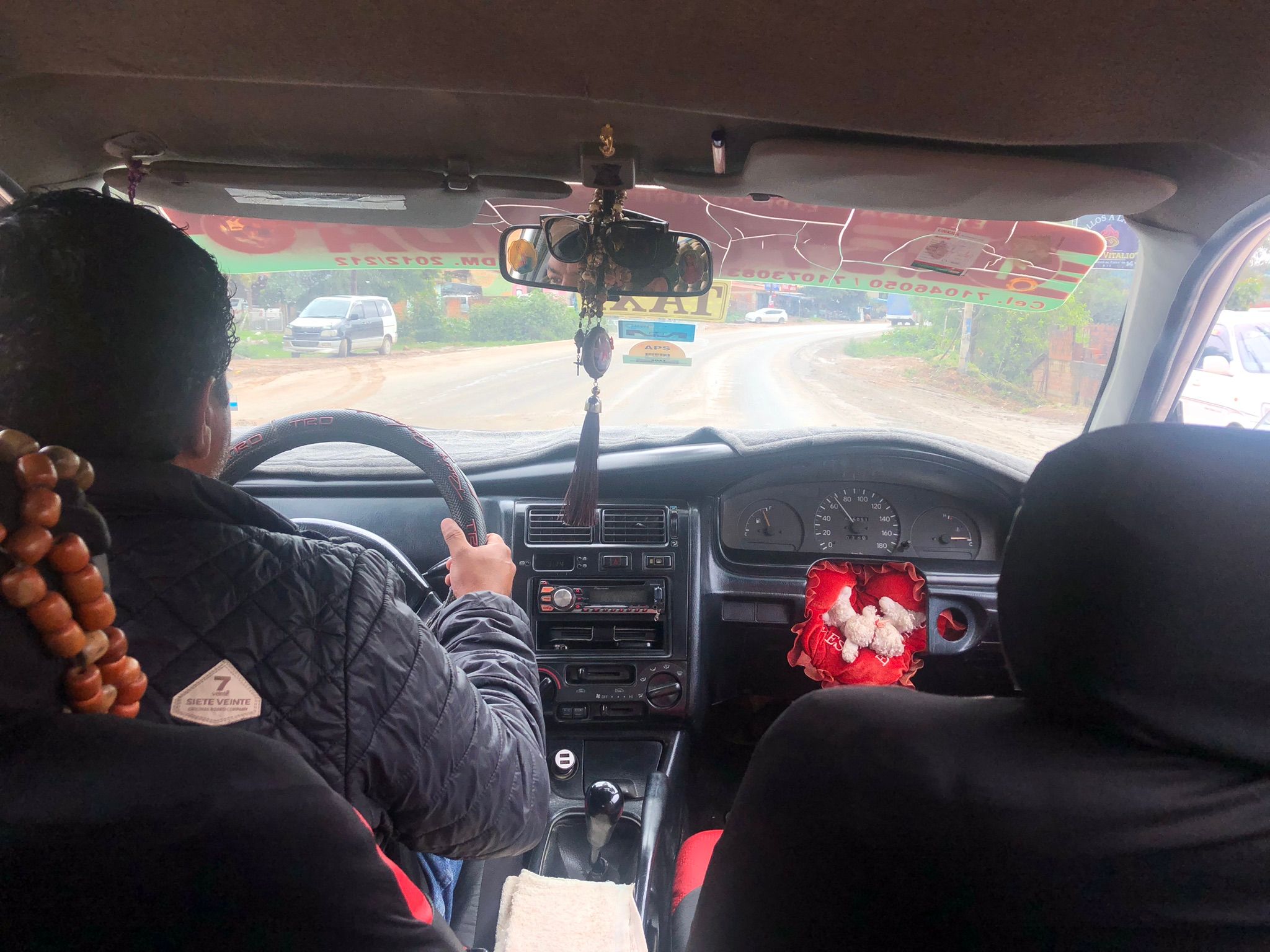




On our last day in Samaipata, we finally did the Codo de Los Andes hike. It initially took us 2 hours to hike up into the mountains, where we had a great view of the surrounding mountains. After that, we hiked for another 3 hours through the mountain landscape. Honestly, it was not as exciting as the view from above. Nevertheless, it was a good activity, especially because the weather was really nice. In the evening, we took the night bus to Sucre, with a delay of over 3 hours.




Sucre
Arriving in Sucre, we had to recover from the bus ride, which was unfortunately not so relaxing and it was hard to sleep.
In the afternoon, we had another Free Walking Tour. However, our guide talked more about the history of Bolivia than showing us much of the city. Sucre doesn't have much to offer besides churches and old colonial buildings. The city is more inviting for strolling and relaxing. There are many beautiful squares and cozy cafes, which is why Sucre is considered the most beautiful city in Bolivia.



The next day, we finally went on an excursion. We went to Cal Orcko, the world's largest site of dinosaur footprints. The area used to be a lake in prehistoric times, and due to tectonic plate movements, a huge wall was formed where you can see the footprints. Up to 12,000 prints have been discovered here. There is also a small theme park with dinosaur figures and a VR experience. If you're interested in dinosaurs, it's a cool experience, but if not, you can skip it.








To avoid another night bus ride, we made a stop in Potosi on the way to Uyuni, which is almost exactly halfway between the two cities. Potosi is mainly known for silver mining and was once the largest and richest city in the world. Silver is no longer mined there, but the mines are still used for the extraction of zinc and copper. However, we skipped a visit to the mines as they are apparently very dangerous due to possible collapse. Instead, we visited Casa de la Moneda, the former mint of Bolivia. It is a very impressive building, and the guided tour provides a lot of information about the coin minting process, which is also visually represented through an exhibition of the old mines.



After two incredibly cold nights in Potosi, we took the bus to Uyuni.
Iscriviti alla Newsletter
Risposta

Rapporti di viaggio Bolivia
